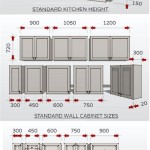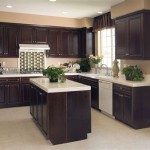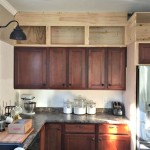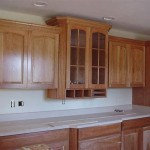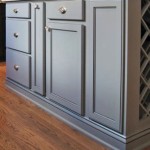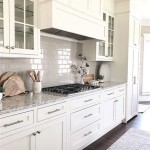30 Cabinets Vs 36: Exploring Key Aspects and Considerations
When it comes to kitchen design, cabinetry plays a crucial role in defining its functionality, aesthetic appeal, and storage capacity. Two popular sizes for kitchen cabinets are 30 inches and 36 inches in width. Choosing between these two sizes requires thoughtful consideration of various factors.
## Storage Capacity and Functionality36-inch cabinets offer a larger storage capacity than their 30-inch counterparts. They are ideal for storing larger items such as pots, pans, and bulky kitchen appliances. 30-inch cabinets, while smaller, are more compact and suitable for smaller kitchens or areas with limited space.
## Aesthetics and Visual Impact36-inch cabinets create a grand and spacious visual effect in larger kitchens. They can make the space feel more open and airy, particularly when paired with lighter colors and finishes. 30-inch cabinets, on the other hand, provide a more cozy and intimate atmosphere, especially in smaller kitchens.
## Budget and Cost Implications36-inch cabinets typically cost more than 30-inch cabinets due to their larger size and increased material usage. However, they can also provide better value for money in terms of storage capacity and overall functionality.
## Standard Sizes and Availability30-inch cabinets are the standard size for most kitchens and are readily available in a wide range of styles and finishes. 36-inch cabinets, while less common, are also widely available but may require additional lead time and customization.
## Design and Layout ConsiderationsThe overall design and layout of the kitchen should be carefully considered when selecting cabinet sizes. 36-inch cabinets are best suited for larger kitchens with ample wall space. 30-inch cabinets are more versatile and can be incorporated into smaller kitchens as well as larger spaces.
## Mixing Cabinet SizesIt is not uncommon to combine 30-inch and 36-inch cabinets in a single kitchen design. This approach can create a custom look and maximize storage capacity. For example, larger 36-inch cabinets can be used for bulky items, while smaller 30-inch cabinets can be used for lighter items and smaller appliances.
## Conclusion Choosing between 30-inch and 36-inch cabinets depends on a comprehensive analysis of storage needs, aesthetic preferences, budget constraints, and kitchen design considerations. By carefully evaluating each factor, homeowners can make an informed decision that optimizes the functionality, beauty, and overall value of their kitchen cabinetry.
30 Vs 36 Upper Kitchen Cabinets 9 Ceiling

8 Ft Ceilings Should We Get 36 Inch Or 30 Cabinets

8 Ft Ceilings Should We Get 36 Inch Or 30 Cabinets

36 Or 42 Inch Cabinets

Sw W3630 30 High Wall Cabinet Double Door 36 Inch Cabinets Simply Kitchens

Hampton Bay 30 In W X 12 D 36 H Assembled Wall Kitchen Cabinet Unfinished With Recessed Panel Kw3036 Uf The Home Depot

8 Ft Ceilings Should We Get 36 Inch Or 30 Cabinets

Unfinished Kitchen Cabinets At Com

Hampton Bay 30 In W X 12 D 36 H Assembled Wall Kitchen Cabinet Unfinished With Recessed Panel Kw3036 Uf The Home Depot

Height Of Cabinets With 8 Ft Ceiling Opinions Please
Related Posts

